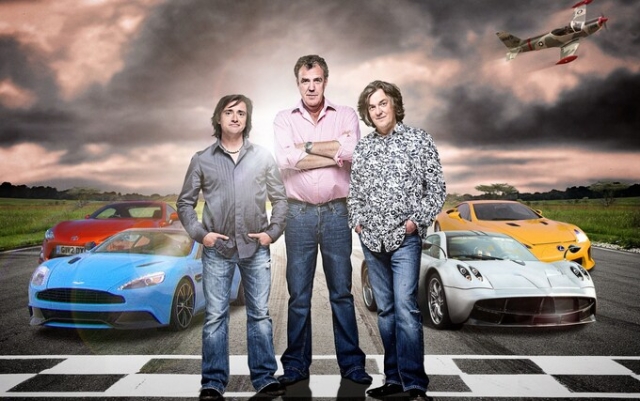 Glory days: Richard Hammond, Jeremy Clarkson and James May made Top Gear their own Photo: Justin Layton
Glory days: Richard Hammond, Jeremy Clarkson and James May made Top Gear their own Photo: Justin Layton
Top Gear is no stranger to sensationalism — with several series, every episode is explosive — but now the program is facing perhaps its biggest development yet. After more than 45 years, the world-famous car dealership may have finally run out of roads. When presenter Freddie Flintoff was photographed at England cricket training last month, viewers were shocked by the scars on his face. Nine months earlier, he crashed while driving a Morgan Super 3 roadster while filming the program's 34th season. Flintoff's son Corey said his father was lucky to be alive.
The incident, along with the departure of the show's editorial director Claire Paisey and reports that production staff were being advised to find other jobs, led to widespread rumors that the show was being axed. The BBC is being transparent — «a decision on the timing of future Top Gear shows will be made in due course» — but behind the scenes there are undoubtedly high-level discussions going on.
At least the former England all-rounder is definitely moving forward. He is understood to be filming the second series of Freddie Flintoff's Field of Dreams, the BBC show in which he introduced cricket to children in his home town of Preston, as well as other corporate projects. A TV source told The Sun: «His return to the spotlight is something both network executives and the public have been craving and, thankfully, he now appears ready to get back to doing what he loves.»
If this is the checkered flag for Top Gear, it will be the end of one of the most iconic and successful shows not only in the history of the BBC, but of television itself. What began as a humble BBC Midlands magazine show in 1977, hosted by Angela Rippon, became the world's most popular factual television program by 2013, watched by 350 million people in nearly 200 countries. The waiting list for tickets to the taping of the show was reported to be 21 years long.
The revamped show — the BBC canceled the original version in 2001 and most of the production team left to launch Fifth Gear on Channel 5 — was the brainchild of Jeremy Clarkson and producer Andy Wilman, who were friends at Repton School. The studio environment came, the irreverence, the childish humor. “The presenters were naughty schoolchildren,” a director who worked on the show between 2010 and 2015 told me, “and the director was the BBC.”
Price: Freddie Flintoff's scars after the accident shocked many. Photo: Tim Good
There were several secrets to the show's runaway success. There were stunts such as trying to destroy a Toyota Hilux; Gonzo challenges: modify cars in crazy ways on a limited budget; and special feature-length Christmas episodes from exotic locations such as Bolivia, Botswana and Vietnam. There was endless comedy surrounding the silent, permanently helmeted racer The Stig, whom Clarkson introduced with increasingly outlandish descriptions: «some say he's wanted by the CIA and sleeps upside down like a bat.» And it was a very specific and distinctive visual identity. Ben Joyner, who was the show's DP for 13 years, said in 2021: «Slowly but surely, the visual language of the show evolved between me and the other DPs. One of us would shoot a movie using a certain technique or camera style, and we'd say, «Wow, that's cool!» There was a lot of creative freedom to just go out and try something.»
That creative freedom included a lot of fun mayhem, but that in turn didn't happen without a fierce work ethic. Director of Top Gearsaid: “Our goal as a team was to create exceptional films that pushed boundaries. If a producer had said, “Let's send a car into space,” the executives would have said, “Sure, why not?” There was a very healthy atmosphere of competition among directors and producers, they tried to do something better every time. kit. Each show was carefully planned and everyone from the runners to the executives worked their butts off. There were moments that were spontaneous, but the planning of every element of the show was phenomenal.»
Richard Porter, the show's script editor, agreed, telling car website Sniff Petrol that Clarkson was «the fastest writer I've ever worked with, quickly producing first drafts of words that were sharper, tighter and funnier than most » verbal jockeys will cope after 20 attempts.»
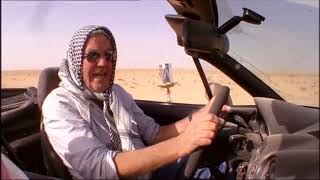
Most of all, of course, the show's success was due to the chemistry between the three leads, which, in turn, had deep psychological roots. Sigmund Freud theorized that the human psyche consists of three parts: the id (emotional and instinctual desires), the superego (rules and social conventions), and the ego, which reconciles the id and the superego.
Clarkson, the tanker, squealing and purring with delight as he raced around the Dunsfold track was his identifier. May, a man for whom a garden shed full of dismantled car parts was heaven, was a superego. And Hammond, a straight man who was both, was an ego.
Clarkson, however, was the man in charge and everyone knew it. When they raced fast cars and other forms of transportation, Clarkson always had to drive the car, while Hammond and May had to ride trains, planes, boats and the like. When each week's stars showed up to drive the inexpensive car, it was Clarkson who interviewed them. “This is Jeremy’s show,” Wilman once told The Guardian. “There is no doubt, because this cannot be democracy. This is Jeremy's vision.»
The squad could perhaps survive the loss of Hammond or May, but not Clarkson. And so it turned out. By the time the wheels came off in March 2015, Clarkson was already on thin ice, having been involved in two incidents that sparked accusations of racism. The last straw came when producer Oisin Tymon hit him during a row over catering. Technically, the BBC didn't fire Clarkson — they simply decided not to renew his contract, which expired at the end of that month — but the distinction was moot. Hammond, May and Wilman followed him out the door and into the grateful — and lucrative — arms of Amazon Prime Video.
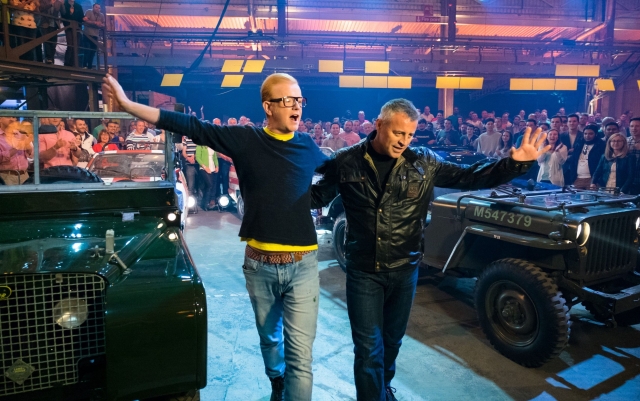 Lack of chemistry: Chris Evans and Matt LeBlanc only lasted one season together. Photo: BBC World Wide 2016
Lack of chemistry: Chris Evans and Matt LeBlanc only lasted one season together. Photo: BBC World Wide 2016
DJ Chris Evans, who had publicly lobbied for the job, took over the job. A talented TV presenter, but he was completely unsuited to Top Gear. His high-octane, flashy style was the antithesis of Sunday television; he had no chemistry with his co-host, Friends actor Matt LeBlanc (who was in many ways more famous than him, leading to a confusing power dynamic), and he seemed unsure how much of the old format to follow keep, throw away or change.
Add to this widespread allegations of bad behavior on set (which he always denied), the departure of producer Lisa Clarke and a ratings drop from 4.4 million to 1.9 million in just six episodes, as well as Evans' departure after one series. seemed inevitable. Perry McCarthy, the original Stig, said at the time: “Chris… didn't quite connect with the show, he didn't really connect with the audience. It must be a little painful for him to get that kind of reaction from everyone, and I don't think he'll want to continue — I probably wouldn't want to continue if I was constantly being criticized.»
Apparently it wasn't enough to just put big names in fast cars and expect the show to go off without a hitch. Clarkson himself gave the BBC one reason for the show's demise after his departure. “You watch a TV show, read all the credits, see the cameraman, the sound engineer, see their names. You will find me a letter where it says “written.” They just cobble it together. Writing is everything.”
Following Evans' departure, LeBlanc spent three seasons with Chris Harris and Rory Reid before the current version — Harris, Paddy McGuinness and Freddie Flintoff — took over in 2019.
 New Broomsticks: Freddie Flintoff, Paddy McGuinness and Chris Harris have been charged with reviving the show. Photo: Geoff Pugh for Telegraph
New Broomsticks: Freddie Flintoff, Paddy McGuinness and Chris Harris have been charged with reviving the show. Photo: Geoff Pugh for Telegraph
On their own they are a good and likable trio. But they are not their predecessors, and neither is the show. The emphasis on men being men is now viewed poorly in some circles, even though historically about 40 percent of the audience has been women.
In an era of climate crisis, extreme weather, net zero and 15-minute cities, a program that glorifies the internal combustion engine is becoming increasingly difficult to justify. And social media has taken away some of the traditional TV experience: people like Reed and Henry Catchpole, knowledgeable and charismatic presenters, are now creating YouTube segments with such high production value that they wouldn't look out of place on Top Gear itself.< /p>< The Top Gear director hopes the show can survive - "We were all custodians of something that was so much bigger than any one person" - while May points to the fact that the show was, in fact, cancelled. in 2001 before the 2002 show. a reboot that made it bigger and better than anyone could have imagined. “Maybe this will be another forced rethink,” he says. “This happens from time to time, and there’s nothing wrong with it.”

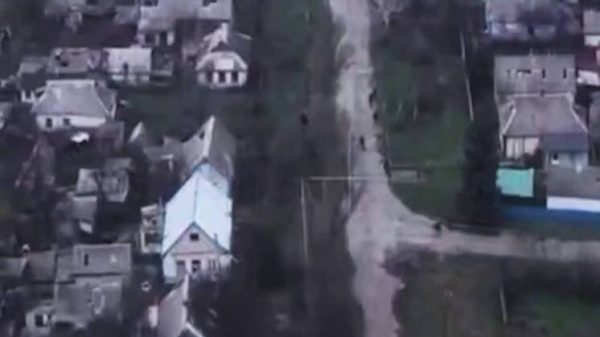



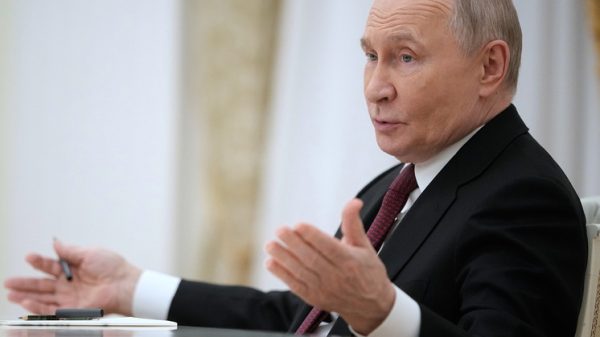

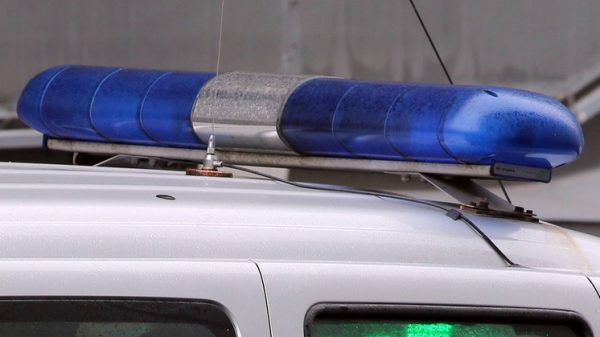

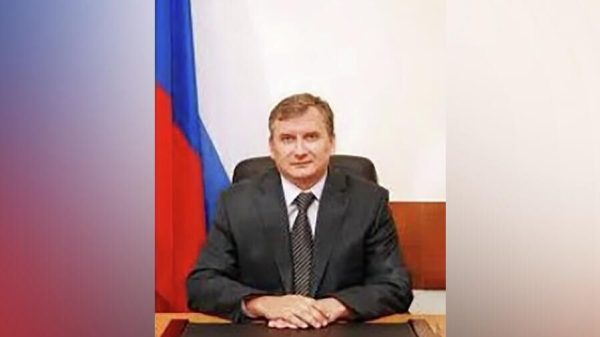
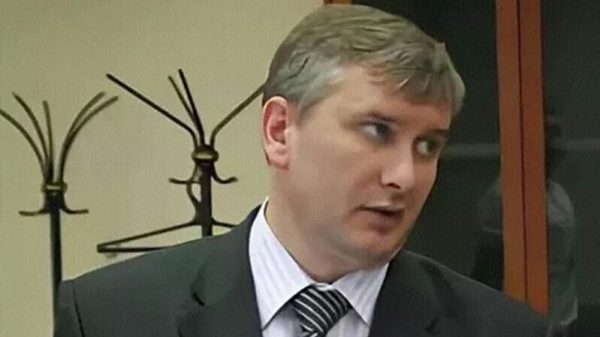

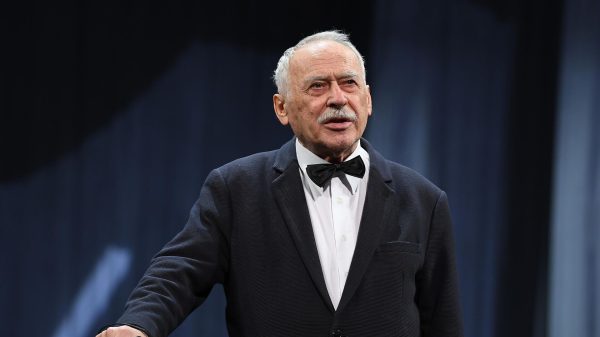
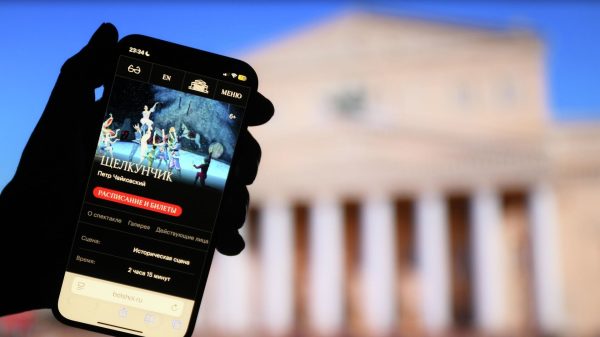
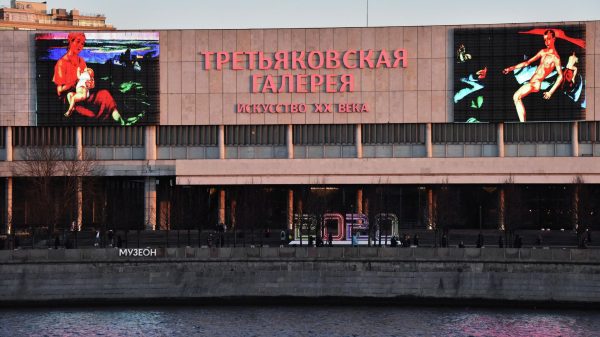
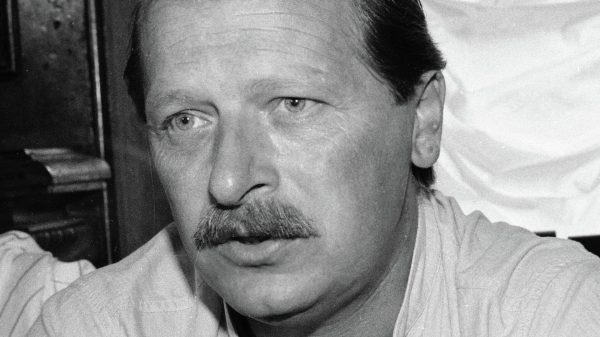
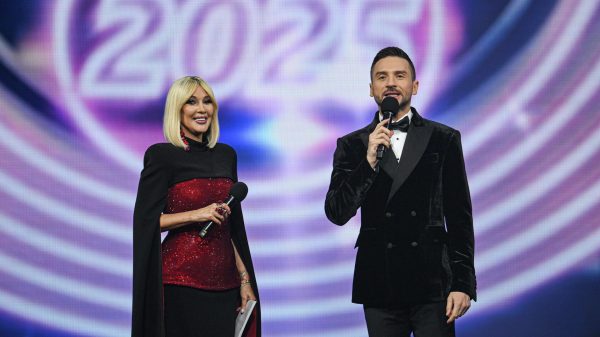

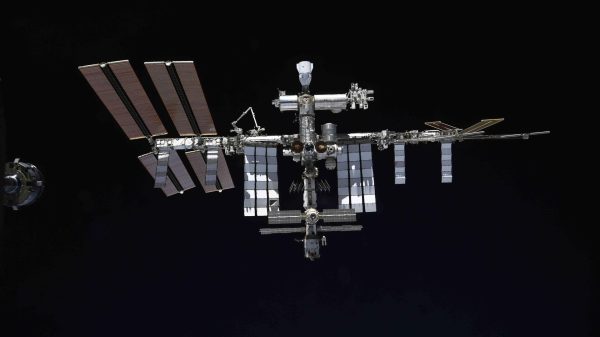
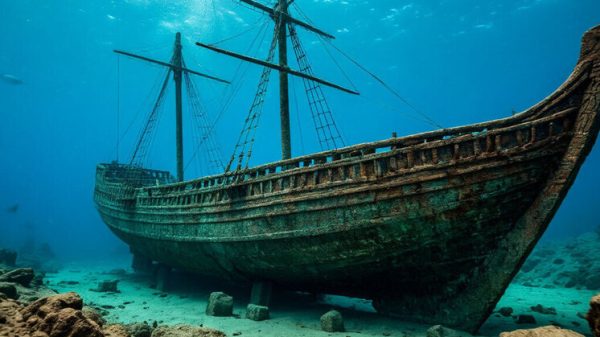
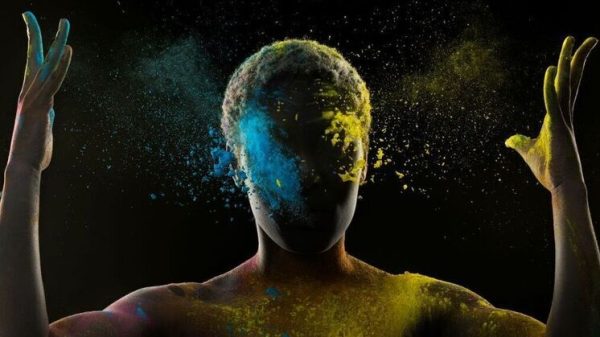
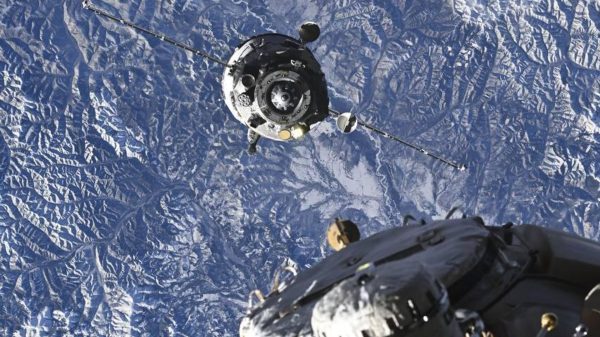





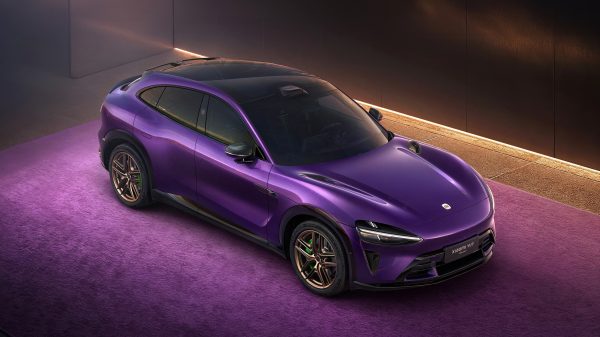

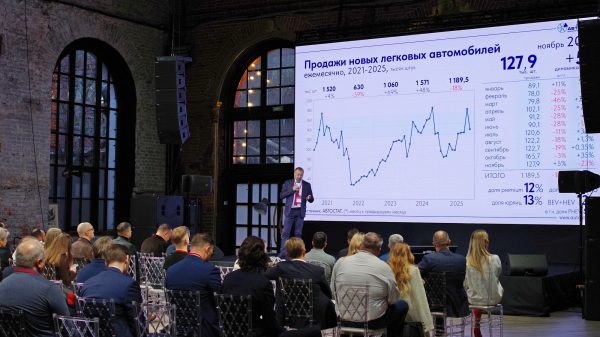

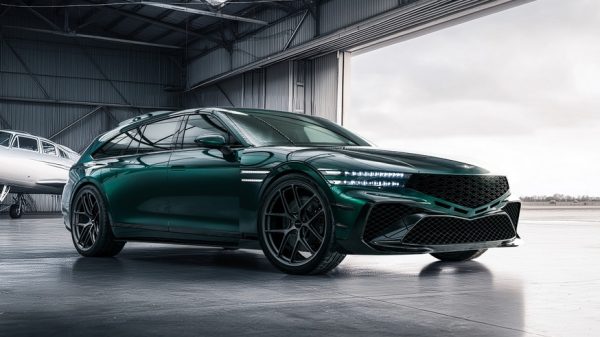






















Свежие комментарии